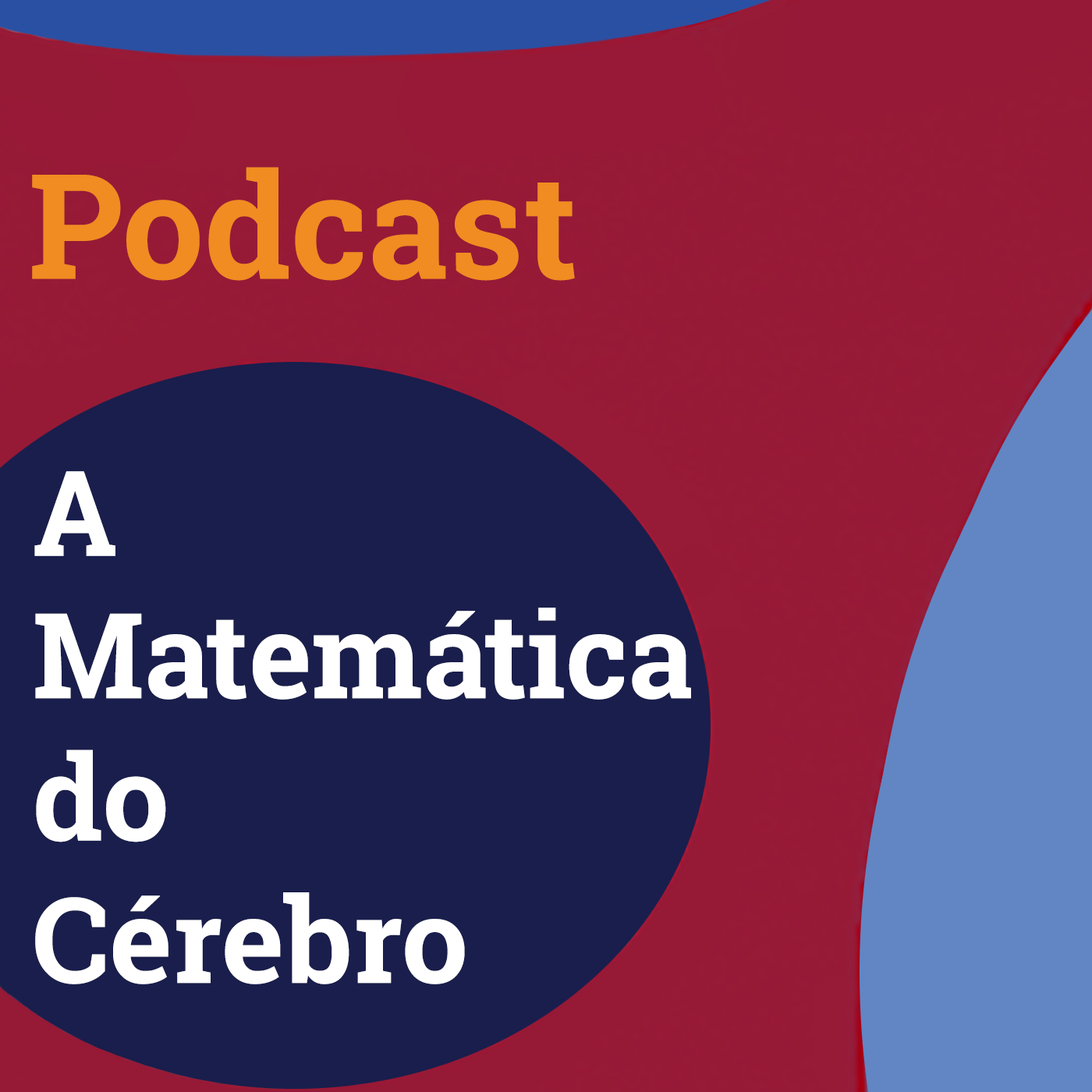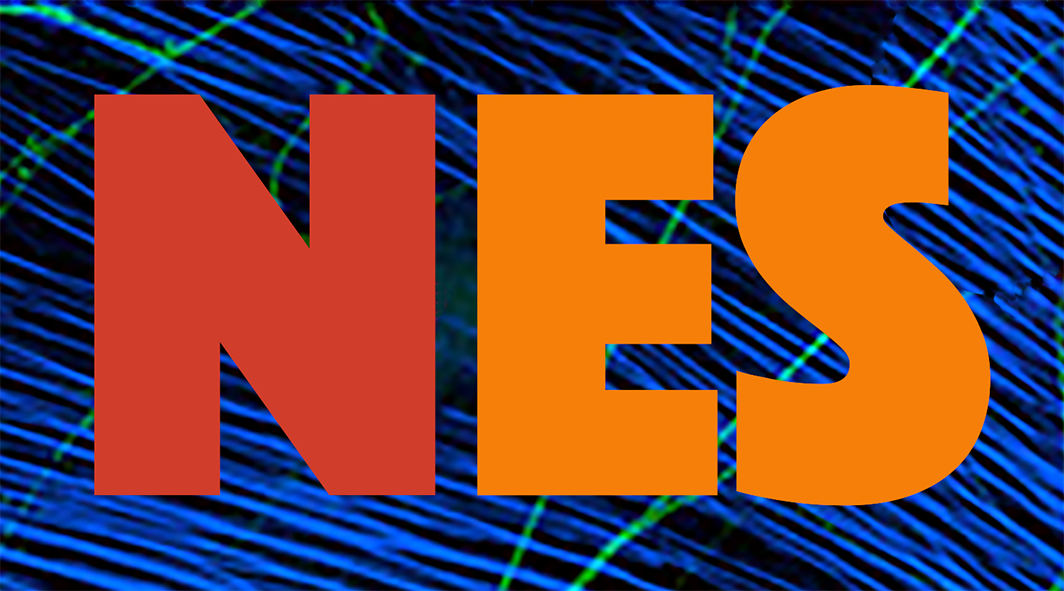
Scientists and cartoonists unite to spread science
News | Feb 28, 2019
This month on "Jornal da USP" website, there was a report on the relevance of comics in the context of scientific diffusion. In this context, "Os Braços de Nildo e Rony" is a comic book by Antonio Galves, professor of the Institute of Mathematics and Statistics (IME-USP) and coordinator of RIDC NeuroMat. The material seeks to guide patients who have suffered a traumatic injury of the brachial plexus, a set of nerves that makes communication between the upper limbs and the brain. The injuries affect many victims of traffic accidents, mainly involving motorcycles. Jornal da USP, 20/02/2019. (In Portuguese.)
Phase transitions and self-organized criticality in networks of stochastic spiking neurons
Publications | Feb 19, 2019
Ludmila Brochini, Ariadne de Andrade Costa, Miguel Abadi, Antônio C. Roque, Jorge Stolfi and Osame Kinouchi
Phase transitions and critical behavior are crucial issues both in theoretical and experimental neuroscience. We report analytic and computational results about phase transitions and self-organized criticality (SOC) in networks with general stochastic neurons. The stochastic neuron has a firing probability given by a smooth monotonic function Φ(V) of the membrane potential V, rather than a sharp firing threshold. We find that such networks can operate in several dynamic regimes (phases) depending on the average synaptic weight and the shape of the firing function Φ. In particular, we encounter both continuous and discontinuous phase transitions to absorbing states. At the continuous transition critical boundary, neuronal avalanches occur whose distributions of size and duration are given by power laws, as observed in biological neural networks. We also propose and test a new mechanism to produce SOC: the use of dynamic neuronal gains – a form of short-term plasticity probably located at the axon initial segment (AIS) – instead of depressing synapses at the dendrites (as previously studied in the literature). The new self-organization mechanism produces a slightly supercritical state, that we called SOSC, in accord to some intuitions of Alan Turing.
Information theory applications in neuroscience
Publications | Jan 23, 2019
Vinícius Lima Cordeiro, Rodrigo Felipe de Oliveira Pena, Cesar Augusto Celis Ceballos, Renan Oliveira Shimoura and Antonio Carlos Roque
Neurons respond to external stimuli by emitting sequences of action potentials (spike trains). In this way, one can say that the spike train is the neuronal response to an input stimulus. Action potentials are “all-or-none” phenomena, which means that a spike train can be represented by a sequence of zeros and ones. In the context of information theory, one can then ask: how much information about a given stimulus the spike train conveys? Or rather, what aspects of the stimulus are encoded by the neuronal response? In this article, an introduction to information theory is presented which consists of historical aspects, fundamental concepts of the theory, and applications to neuroscience. The connection to neuroscience is made with the use of demonstrations and discussions of different methods of the theory of information. Examples are given through computer simulations of two neuron models, the Poisson neuron and the integrate-and-fire neuron, and a cellular automata network model. In the latter case, it is shown how one can use information theory measures to retrieve the connectivity matrix of a network. All codes used in the simulations were made publicly available at the GitHub platform and are accessible through the URL: github.com/ViniciusLima94/ticodigoneural.
Opening for Web-based and mobile application design Scholarship
Opportunities | Jan 14, 2019
The Research, Innovation and Dissemination Center on Neuromathematics (NeuroMat) is offering a FAPESP scholarship for information technology professionals interested in being part of a breakthrough and innovative scientific project. The recipient will interact with researchers from USP and other NeuroMat collaborating institutions in activities of development, customization, maintenance and deployment of open software related to the scientific goals of the center.
Openings for Software Developers
Opportunities | Jan 14, 2019
The Research, Innovation and Dissemination Center on Neuromathematics (RIDC NeuroMat) is offering scholarships for information technology professionals interested in being part of a breakthrough and innovative scientific project.
| NeuroCineMat |
|---|
|
Featuring this week: |
| Newsletter |
|---|
|
Stay informed on our latest news! |
| Follow Us on Facebook |
|---|




